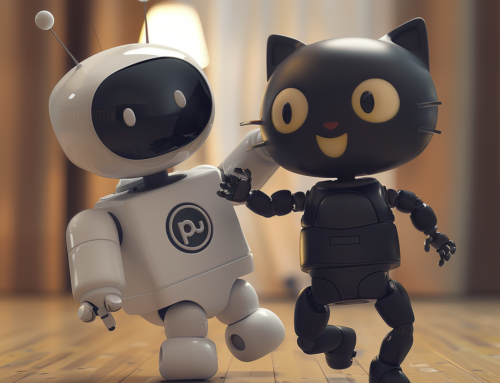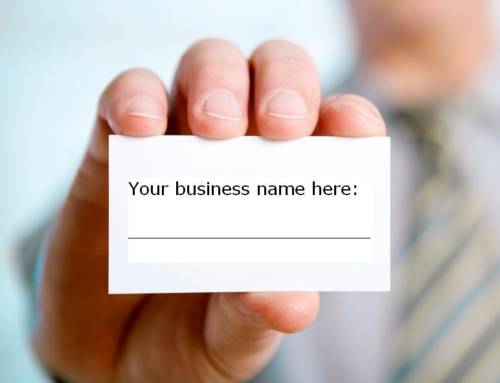Whether you are a diehard Twitter user or you couldn’t live without your Facebook account, the odds are highly in favor that in the next five to seven years, your social media platform will find itself bereft of the young and on the long, slow crawl to the social media graveyard where Friendster and Myspace reside. As much as you may hate to admit it, your favorite social media platform is being supplanted through attrition, and the leader of this siege is the once fashionably unhip Tumblr.
Tumblr itself started in 2007 thanks to a man named David Karp, but Karp was certainly not the inventer of the concept of the “tumblelog,” which is what Tumblr’s format would be known as. Rather, that was the creation of German coding wunderkind Chris Neukirchen, who at 17 had become fascinated with an open source coding platform called Ruby on Rails. He already had a long form blog, but had decided that it would be better for his readers if he also had a platform where a single paragraph, quote, or picture could be posted without spamming with tiny amounts of content. He wrote the first tumblelog and started posting short bits of commentary or thoughts there several times a day. Eventually, Neukirchen’s blog got the attention of American coder Marcel Molina who along with friend Sam Stephenson started Projectionist, another tumblelog. It was Projectionist that got the attention of Karp who, two years and a lot of development later, started Tumblr. Unlike Twitter and Facebook, the two leading social media platforms at the time, Tumblr was not afraid to show off. It was aesthetically avant garde, it was minimalist in its approach, and it was fun. Pretty soon it was a haven for hipsters and artists, people who embraced being out of the mainstream and even relished their outsider status. So why are teens flocking to it now?
It’s Popular
Not to be too blunt about it, but part of the reason why Tumblr is so popular among teens is that it’s popular. According to at least one survey, 61% of teens are using Tumblr. That is higher than Instagram, Snapchat, Twitter, and even beat closest also-ran Facebook by six points. In fact, in 2016, teen use of Facebook dropped over 40% from 2017, and the odds are it will continue to do so. Other than the obvious reason that with more than half of teens using Tumblr, that’s where their friends are likely to go, a number of teen oriented celebrities have made the tumblelogging site their social media platform of choice. Lucy Hale from Pretty Little Liars, Kevin McHale and Diana Agron from Glee, musicians Hayley Williams and Debby Ryan, and even some actors who cross over into social activism like Avan Jogia who uses his to post about art museums, music, and his LGBT organization Straight But Not Narrow.
Building a Brand
For many kids, Tumblr is a way for them to say who they are in a format that lends itself better to self expression than other social media platforms currently do. First of all, the Tumblr format starts with giving people the ultimate form of self-expression online: your own URL. Whether it’s just a name or a claim of perfect fandom, the ability to have a URL unique to yourself that can be easily told to friends and fans means quite a bit to teens who are searching for their own identity. According to a Pew Research study, 91% of teens post pictures of themselves on Tumblr. This goes toward the idea of building a brand for themselves, expressing who they are, who their friends are, and what they enjoy. 92% of them use their real names online, bucking previous trends of developing pseudonyms, and 84% post their favorite movies, music, and hobbies. Tumblr makes posting media like pictures and video easy to do, so kids trying to establish to the world who they are are finding it the perfect outlet.
A Community
Tumblr began as a site for misfits, iconoclasts, and outsiders. So, like most groups that claim outsider status, it developed its own community, with a number of quirks to set it apart from others. Ask a Tumblr user what “SuperWhoLock” is and they can likely tell you. Ask them about the wonders of Misha Collins, Richard Armitage, or Tom Hiddleston. Unless you leave them an Ask, you might have to identify them in “meatspace,” which involves complimenting them on their shoelaces and seeing if they respond by admitting that they stole them from the president. What seems like a loosely connected series of memes to outsiders has been embraced by teens as a culture. Specifically, a culture aimed right at them, that represents their world of rapidly moving, tiny bits of data, connected only by the understanding that when you put them all together, it forms a coherent picture of the person you’re speaking to. Tumblr gives teens a chance to be a part of something bigger than themselves, and gives them the freedom within that framework to decide who they are. Unlike the impersonal Twitter and the closed, friend-oriented Facebook, Tumblr lets kids express themselves. As they grow older, that little bit of freedom will be enough to buy Tumblr the spot on top of the list of Most Popular Social Networks.









